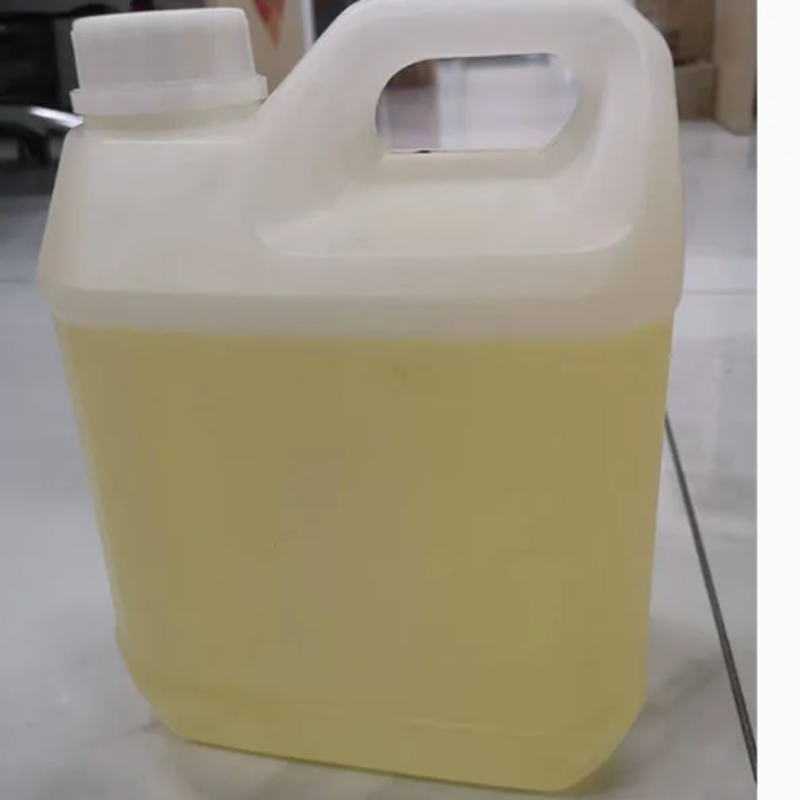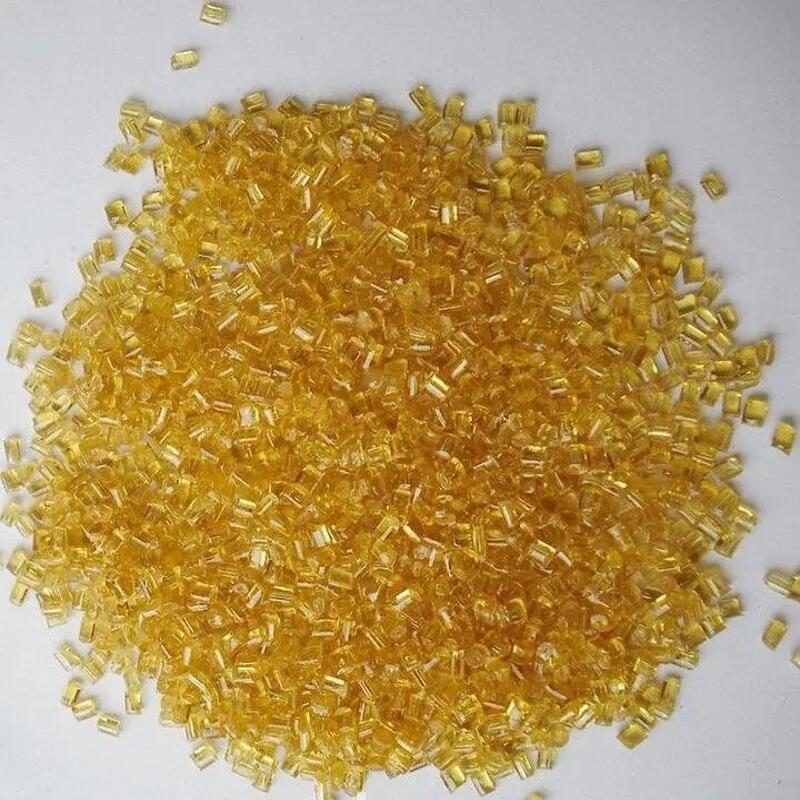-
Categories
-
Pharmaceutical Intermediates
-
Active Pharmaceutical Ingredients
-
Food Additives
- Industrial Coatings
- Agrochemicals
- Dyes and Pigments
- Surfactant
- Flavors and Fragrances
- Chemical Reagents
- Catalyst and Auxiliary
- Natural Products
- Inorganic Chemistry
-
Organic Chemistry
-
Biochemical Engineering
- Analytical Chemistry
-
Cosmetic Ingredient
- Water Treatment Chemical
-
Pharmaceutical Intermediates
Promotion
ECHEMI Mall
Wholesale
Weekly Price
Exhibition
News
-
Trade Service
According to ICIS August 6 news, the general increase in demand drove the growth of chemical production in the second quarter, and the global chemical operating rate also increased in June
.
The latest global data from the American Chemistry Council showed that growth gained momentum in June despite stark regional differences, adding to management's consensus expectations for continued growth in the second half of the year, or at least the third quarter
.
The latest global data from the American Chemistry Council showed that growth gained momentum in June despite stark regional differences, adding to management's consensus expectations for continued growth in the second half of the year, or at least the third quarter
.
Supply shortages in the European acrylonitrile-butadiene-styrene (ABS) market are expected to persist into the second half of 2021, as continued pressure may prevent any relief from difficult market conditions, including production issues in the supply chain, imports Low volumes and strong demand
.
Bullish U.
Middle East petrochemical demand is on the rise over the summer, while market players continue to grapple with high freight rates and severe container shortages
.
However, as the Delta strain spreads to every corner of Asia, rapidly rising cases could put economies in limbo
.
Port congestion is likely to continue to weigh on demand for ABS in Asia, as buyers along the supply chain choose to delay sourcing amid delays in the arrival of goods
.
Chemicals markets may be artificially boosted by supply chain stretched inventories, but weak downstream demand could lead to rapid destocking in the second half of 2021
.
At the same time, upcoming refrigerant regulations in the U.
S.
should encourage buildings to switch to hydrofluoroolefins (HFOs) and other less powerful greenhouse gases, as automakers have mostly switched
.







